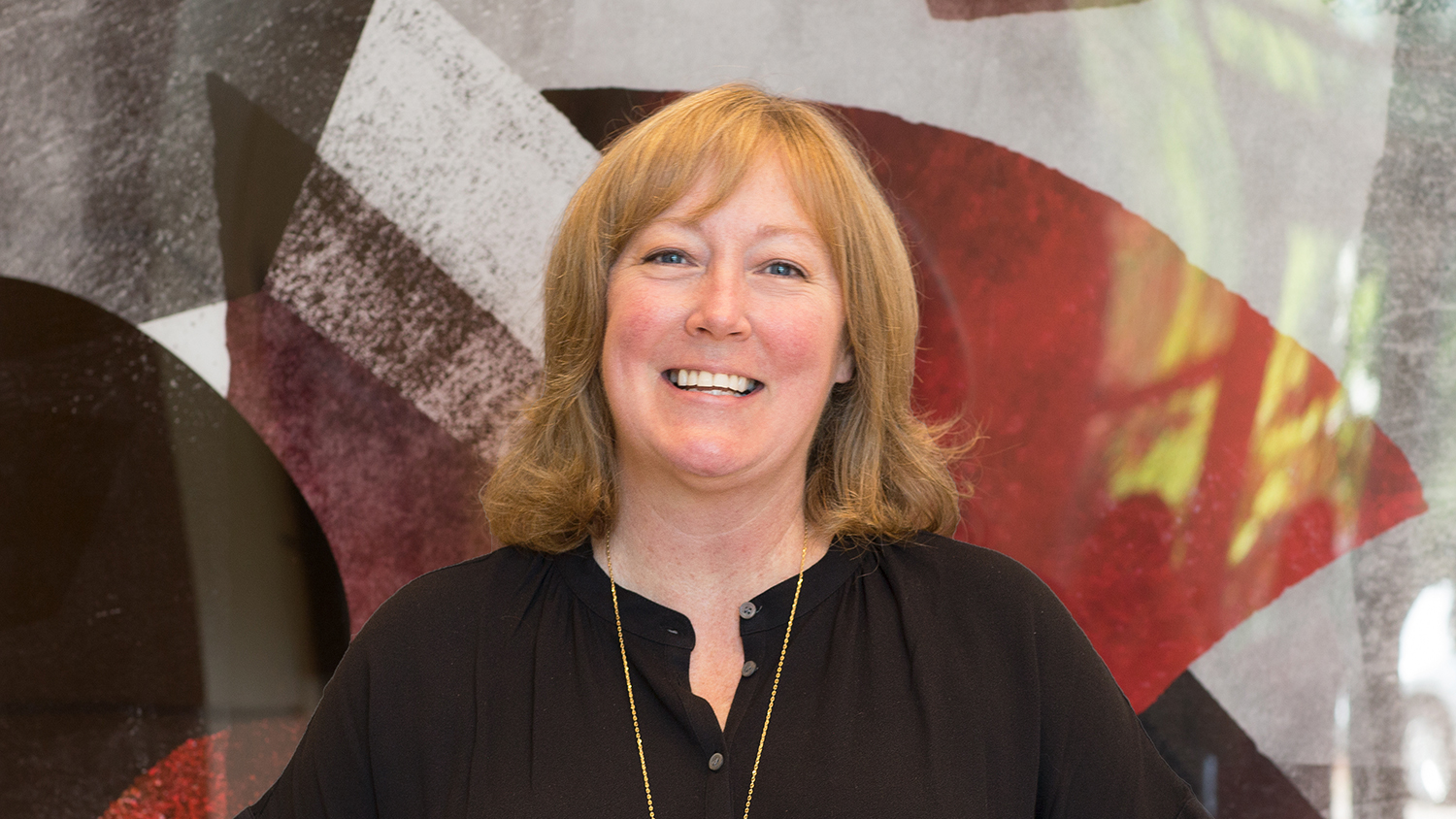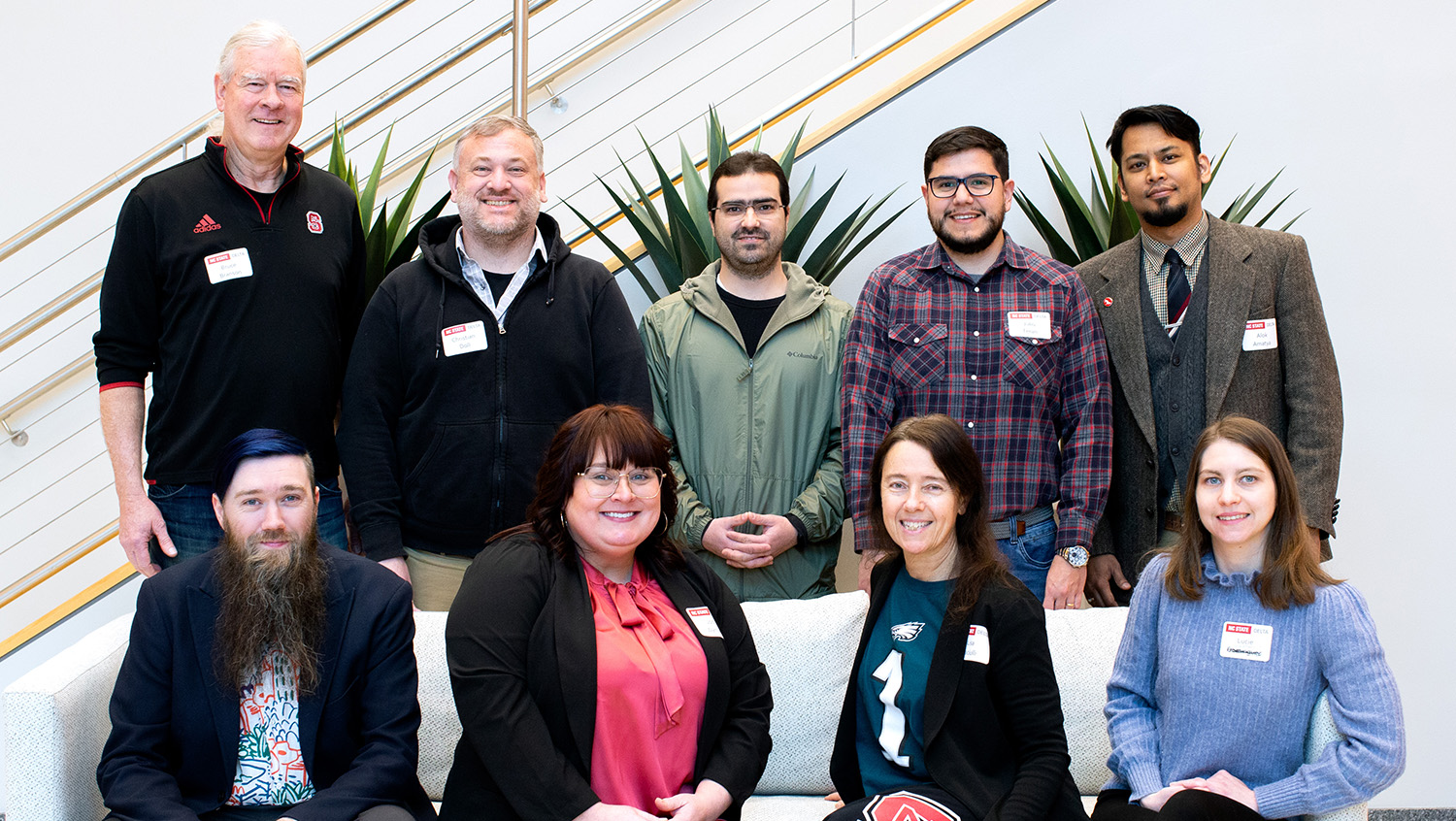Inside DELTA: 5 Questions with Christine Cranford

Before coming to work for DELTA as an instructional designer, Christine Cranford taught technical writing as part of the Professional Writing Program here at NC State for 17 years. Cranford holds a Ph.D. in rhetoric, writing and professional communication from East Carolina University.
Originally from Atlanta, Cranford has lived in North Carolina for a long time and has worked with DELTA for four years.
Cranford answered a few questions recently to give us insight into how she transitioned from a faculty member to her role with DELTA and to share some interesting facts about herself.
How did you become interested in the instructional designer role at DELTA?
Cranford participated in an Online Course Improvement Program (OCIP) through DELTA five years ago. That program had a huge impact on her course and also provided her with a Quality Matters (QM) certification.
“I gained a clear perspective of my course and that allowed me to create a better student experience,” Cranford said. “I found that I loved the cohort experience and working with other faculty members, which eventually led me to become a QM peer reviewer as well as certified to teach the Applying the QM Rubric (APPQMR) workshop. My 20 years of experience teaching blended and online courses with gaining additional QM experience made transitioning to an instructional designer natural. Working at DELTA as an instructional designer allows me to support both the Course Quality Program and DELTA Grants, which supports one of my core values — creating quality student learning experiences.”
How would you describe your position to someone unfamiliar with DELTA?
As a former instructor, Cranford understands the importance of designing course content with the student perspective in mind.
“Now I work with faculty to help them create a better learning experience for students,” Cranford says. “Helping faculty can range from aligning a course, building a learning community, to using technology to improve active learning. I also work with faculty to improve the quality of their courses and achieve Quality Matters Certification.”
What is your favorite experience at DELTA?
Cranford is a member of the Course Quality team and especially enjoys working with and supporting the Course Quality Program at NC State.
“Through the Course Improvement Grant, this program offers professional development to help faculty members improve the quality of their blended or online courses to earn Quality Matters Certification. In turn, this serves as evidence for a research-based, validated quality of blended or online courses that support student success at NC State.”
What do you enjoy most about your job?
“I love working with faculty members from disciplines different from my own background,” Cranford said. “I am always learning about subjects that I might know little about. It is inspiring to have the opportunity to work with faculty who are excited about their subject matter and excited about creating better learning experiences.”
Senior Instructional Designer Rebecca Sanchez agrees that Cranford’s passion for helping students and other faculty members to create engaging and effective learning environments shines through in her role at DELTA.
“Christine has been instrumental in developing the first eight WolfSNAPS sessions,” Sanchez said. “She is always ready with great ideas and happy to share her knowledge with others who want to get involved.”
What do you like to do in your spare time?

Cranford’s desire to learn and connect carries over into her personal life as well.
“I love to watch films, read, and travel. This year I decided to watch 100 films that I had not seen before. Right now, I am up to 66 films and still going!” Cranford said.

“In addition, during the pandemic, I picked up needlepointing, and I haven’t stopped stitching since then,” Cranford said. “Needlepointers are a wonderful community to connect with, as they are very supportive, funny, and kind. It is nice to think that the items that you create will hold a place within a long history of others’ needlework. The strings used to stitch connect us to the past as much as it connects us to the present.”


